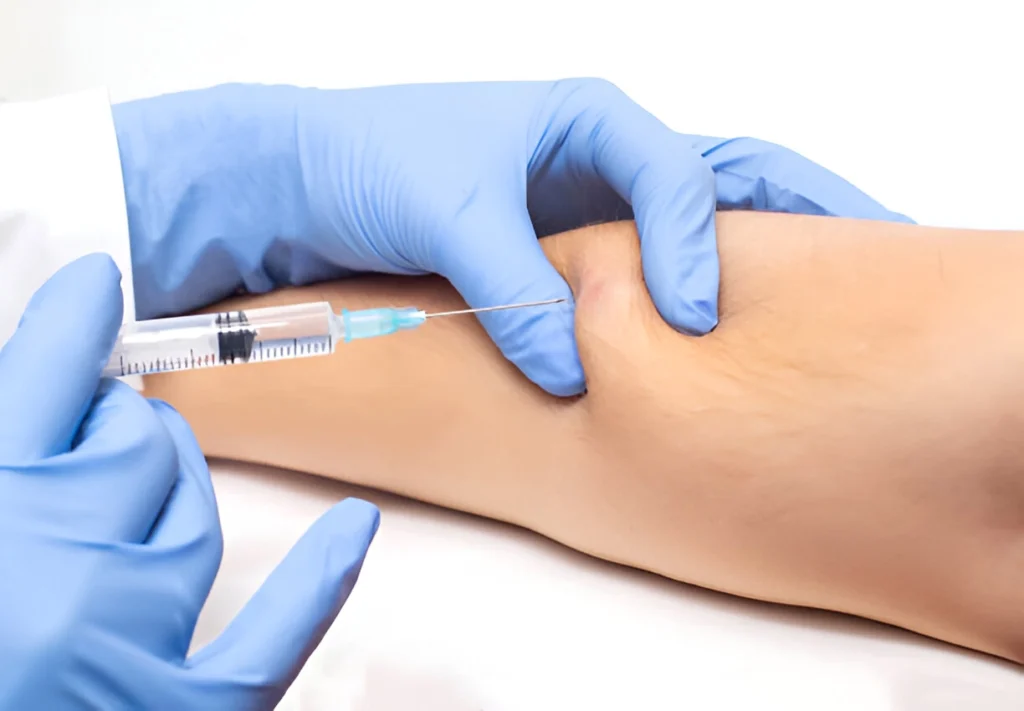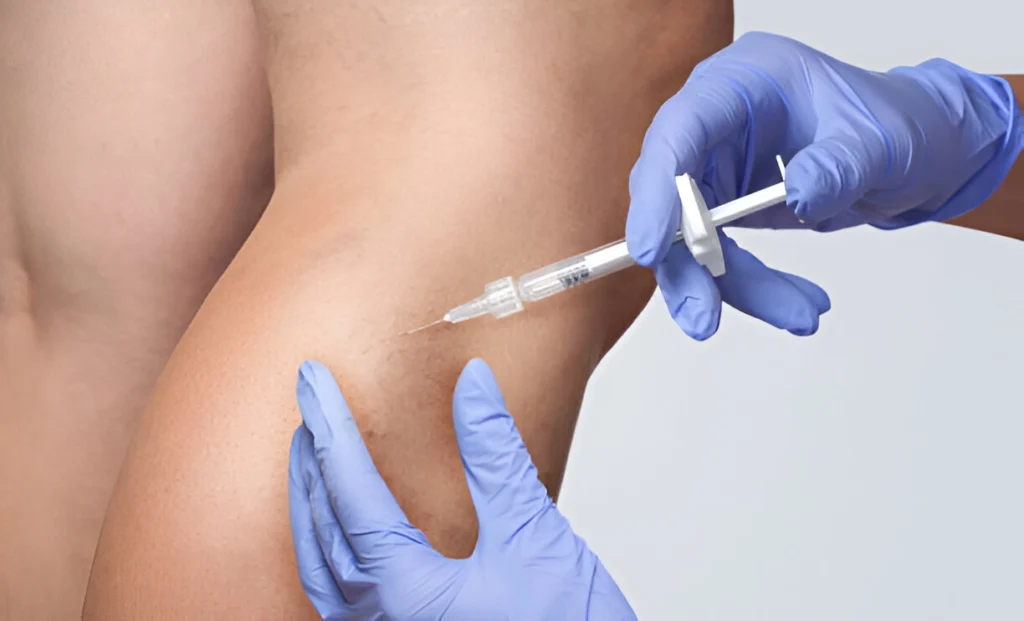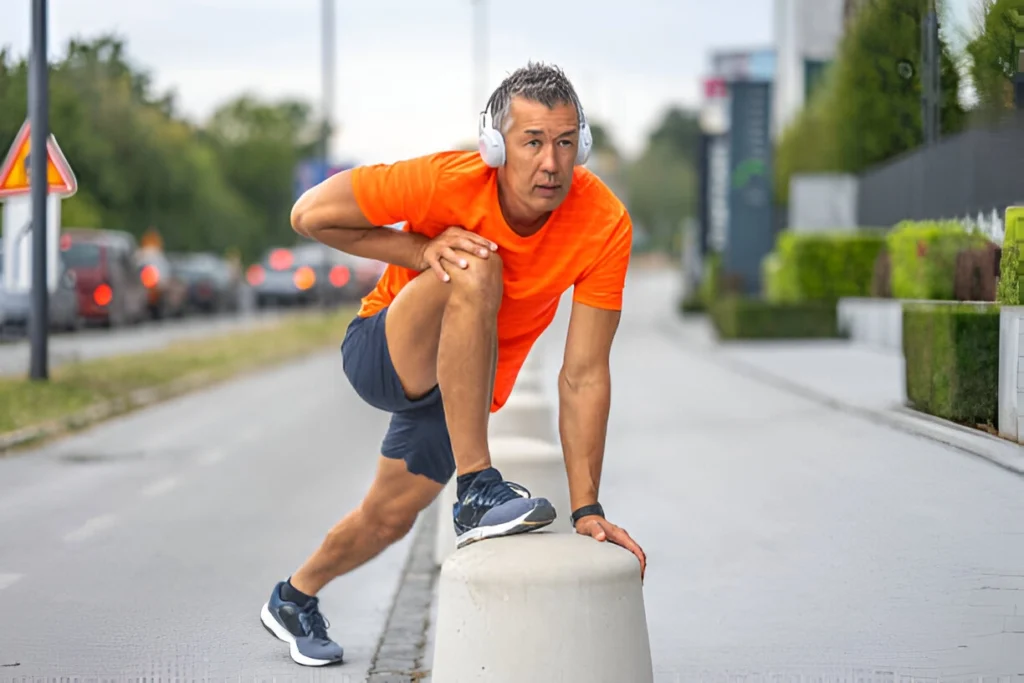Subcutaneous (Sub-Q) Injections

- Method: Injecting BPC-157 just under the skin, typically near the affected joint.
- Why it’s used: This method is minimally invasive and allows localized absorption near the injury or affected area.
- Benefits:
- Easy to administer.
- Targets areas close to the injection site.
- Lower risk of complications compared to intra-articular injections.
- Drawbacks:
- Some diffusion may occur, meaning the peptide might not entirely localize in the joint.
Intramuscular (IM) Injections

- Method: Injecting BPC-157 directly into the muscle, usually near the joint that needs healing.
- Why it’s used: This method allows for deeper tissue penetration and may be better suited for injuries involving muscles, tendons, or ligaments.
- Benefits:
- Targeting muscles around the joint can promote faster healing in related soft tissue.
- Drawbacks:
- Slightly more invasive than subcutaneous injections.
- Not as precise as direct joint injections.
Intra-Articular Injections (Direct Joint Injections)
- Method: Directly injecting BPC-157 into the joint space (e.g., the knee, elbow, or shoulder joint).
- Why it’s used: This method ensures that the peptide reaches the joint directly, where it can potentially stimulate cartilage, tendon, and ligament repair.
- Benefits:
- Precise delivery to the joint.
- May result in more efficient and faster healing for severe joint injuries.
- Drawbacks:
- Invasive and requires medical supervision.
- Risk of infection or complications related to joint injections.
- Ultrasound guidance is often needed to ensure accuracy.
Oral Administration

- Method: Taking BPC-157 orally in capsule or tablet form.
- Why it’s used: This method is non-invasive and convenient for regular dosing.
- Benefits:
- Easy and painless administration.
- Systemic absorption may benefit multiple areas of the body.
- Drawbacks:
- BPC-157 has poor bioavailability when taken orally, meaning less of the peptide may reach the bloodstream and affected joints.
- Less targeted than injection methods.
Topical Application

- Method: Applying BPC-157 in a cream, gel, or patch form to the skin over the affected joint.
- Why it’s used: This method allows for localized treatment without injections.
- Benefits:
- Non-invasive and easy to apply.
- Directly targets the area around the joint.
- Drawbacks:
- Limited absorption through the skin.
- Less effective compared to injections, especially for deeper tissues like ligaments and cartilage.
Which Method is Best for Joint Healing?

- For minor injuries or to avoid injections, subcutaneous or topical methods might be preferable.
- For severe injuries (e.g., torn ligaments or cartilage damage), intra-articular or subcutaneous injections near the joint are likely the most effective.
- For chronic conditions affecting multiple joints, oral administration may provide systemic benefits, though bioavailability can be an issue.
Suggested Protocols:
Protocols vary widely, but a typical course of BPC-157 for joint healing might involve daily injections (sub-Q or IM) over several weeks. It’s important to follow medical advice and work with a practitioner who is familiar with BPC-157 usage, dosing, and administration.

